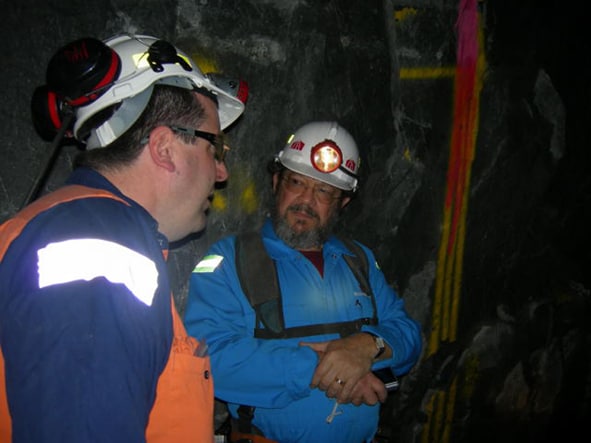Safety signs can be a mix of symbols, colours and words. On a recent vacation in the United Kingdom, I saw a configuration of pedestrian crossing signs that challenged my interpretation of signs I had seen since I was a child. I wondered if this new configuration still communicated the essential safety message.
Category: visualisation
OHS: The Pearl Harbour Syndrome
OHS: The Pearl Harbour Syndrome[i]
– Poverty of Expectations –
The Japanese attack on US forces at Pearl Harbour in the Hawaiian Islands on Sunday 7th December 1941 was a military disaster for the US described as a totally unforseen and unforeseeable attack. It shocked the American people and brought the US into WWII (essentially the next day). The element of total surprise (‘Why were our forces so ‘unexpecting’ and unprepared?’) was defended with the implication that, ‘we were still negotiating with the government of Japan and its Emperor in good faith’ and there was no state of war between the two nations. In a speech to congress the next day President Franklin Roosevelt called it, “… a date which will live in infamy – the United States of America was suddenly and deliberately attacked by naval and air forces of the Empire of Japan”.
Controversy surrounds various aspects of the attack[ii] but it has become synonymous with surprise and astonishment. However, research over the years suggests that in fact it was preceded by a large number of misunderstood or ignored warnings and missed signs. The reason these were so completely missed, according to one scholar, is because of ‘poverty of expectations’ – routine attention to the obvious and reduced horizons for imaginative projections. Continue reading “OHS: The Pearl Harbour Syndrome”
The Astonished Manager: Not in my wildest dreams
Dr Yossi Berger of the Australian Workers Union has been reading some of the debate in SafetyAtWorkBlog and offered the article below for publication. He said to SafetyAtWorkBlog
“…in relation to BP’s OHS catastrophes and comments about their management style, their managers and this aspirational, easily-bandied-about notion of workplace culture. Two things stimulated me to put together this comment below: first, on the back of some 2000 workplace inspections across Australia and some internationally I have not detected this thing called ‘workplace culture’ other than as a cheap metaphor and ploy to manipulate; even if you chose to think of this phenomenon as ‘shared values and how we do things here’. Secondly, there’s terrible and dangerous bullshit going on in relation to ‘personality cult’, ‘disconnect’ (‘no one told me’), and ‘it couldn’t happen here because we care’.”

Continue reading “The Astonished Manager: Not in my wildest dreams”

